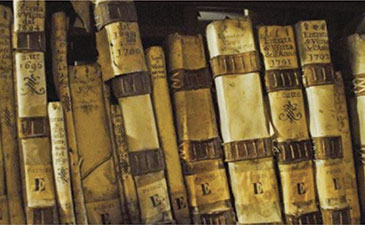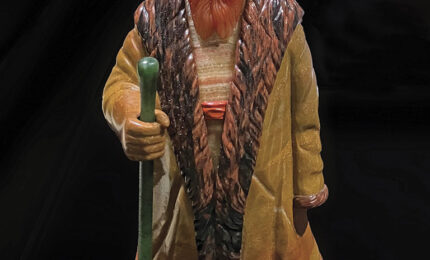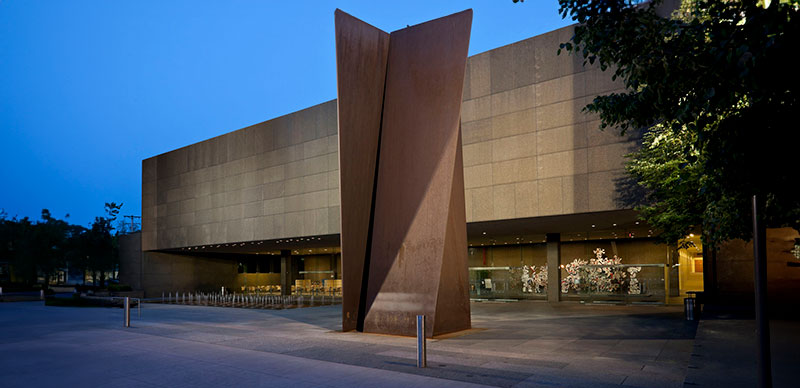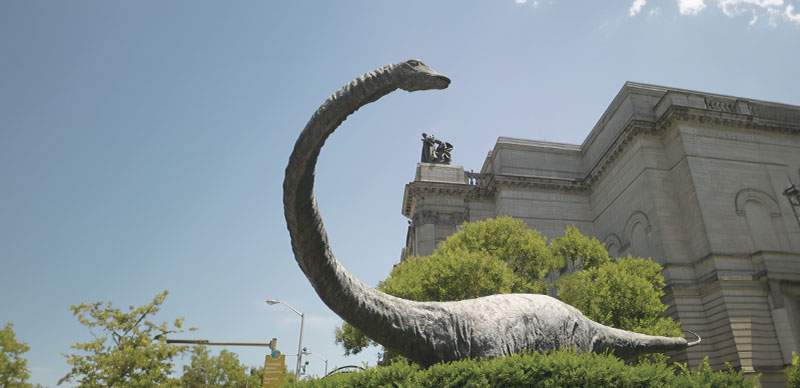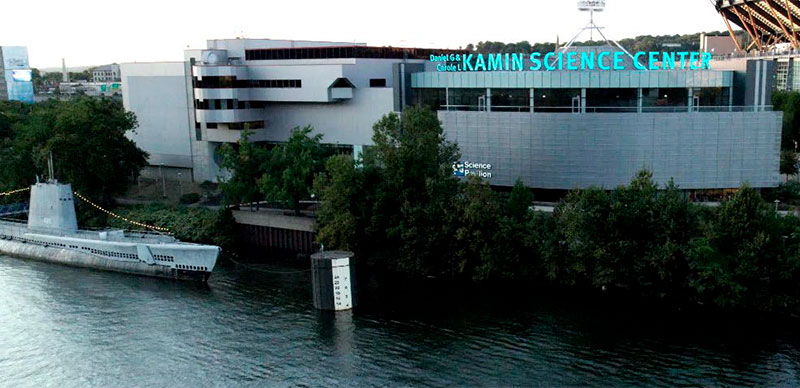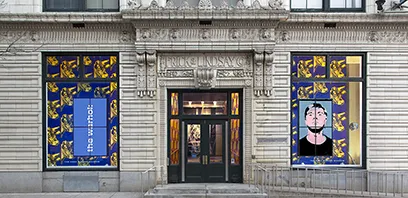Gretchen Baker to lead Carnegie Museum of Natural History
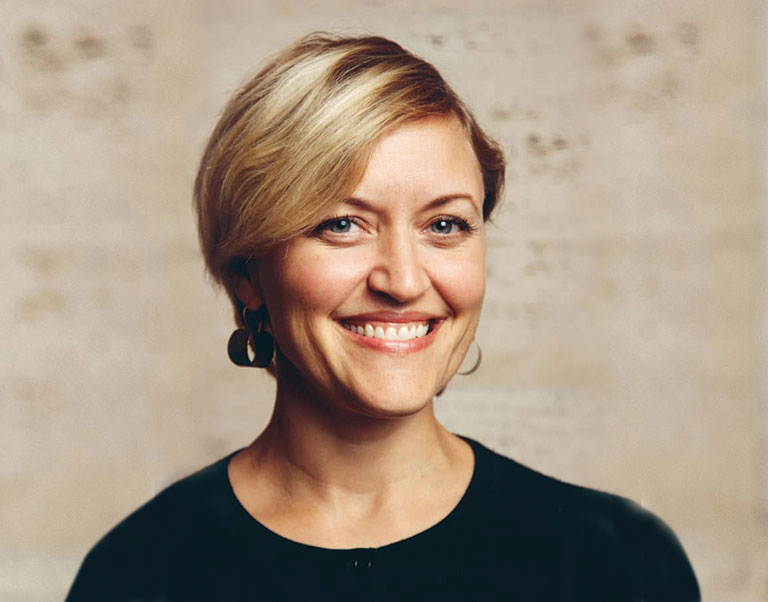
A museum professional who has spent her career focusing on the visitor experience, Gretchen Baker has been named the new Daniel G. and Carole L. Kamin Director of Carnegie Museum of Natural History. She assumes the role on April 1. Previously serving as managing director for museum experience at the Lucas Museum of Narrative Art in Los Angeles and vice president of exhibitions for the Natural History Museums of Los Angeles County, Baker began her career as a member of the scientific research staff at the Field Museum in Chicago. Her enthusiasm for communicating science to the public led her to the museum’s exhibitions team, where she held several roles including content developer and, eventually, deputy director of exhibitions. “My passion is connecting people to the stories of our planet. The story may be that of dinosaurs, of an ancient human civilization, or the living nature in city parks,” Baker said. “The story is also the urgency of creating a sustainable future together, and I am energized by Carnegie Museum of Natural History’s aspiration to be the most relevant natural history museum in the world. Relevance is really a very intimate thing—to find a way to relate big topics to each individual with whom we engage, to make them meaningful.”
A Nesting Dinosaur
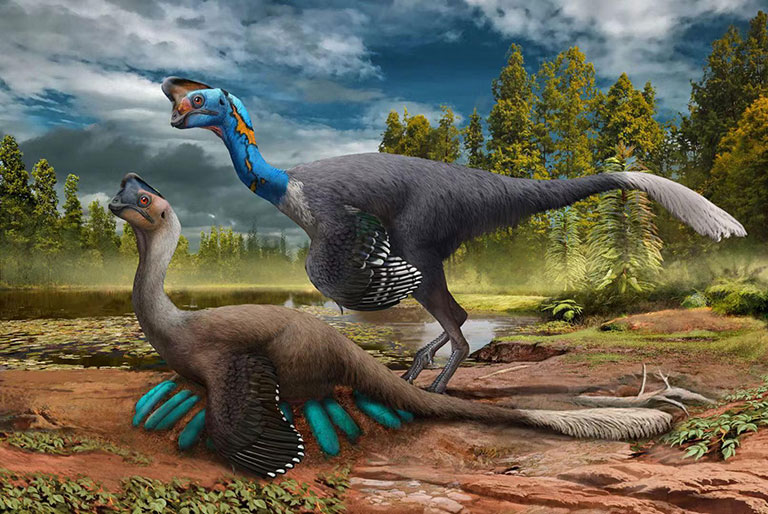
An oviraptorosaur broods its nest of blue-green eggs alongside its mate. Illustration: Zhao Chuang
Carnegie Museum scientists are among a team of researchers who discovered the first preserved dinosaur found sitting on a nest of its own eggs with baby dinosaurs inside. “The rarest of the rare in dinosaurs,” says Matt Lamanna, team member and the museum’s principal dinosaur researcher. Unearthed in southern China, the roughly 70-million-year-old find includes an incomplete skeleton of a large, presumably adult oviraptorosaur—a non-avian dinosaur in the same taxonomic group as the museum’s famous “chicken from hell,” Anzu wyliei. It’s crouched in a bird-like posture over at least 24 eggs, seven of which contain preserved bones or partial skeletons of unhatched embryos. “It shows definitively that the animal had sat on its nest for a very long time, that it brooded its nest like a modern bird,” Lamanna says of the findings published in the journal Science Bulletin. “So, in my mind there is no doubt now these dinosaurs incubated their nests like birds. This discovery is the final piece of that puzzle.”
“Trevor Paglen is to artificial intelligence what Upton Sinclair was to meatpacking.”
– Art critic Jonathon Keats in Forbes, writing about Trevor Paglen: Opposing Geometries, on view through March 14 at Carnegie Museum of Art
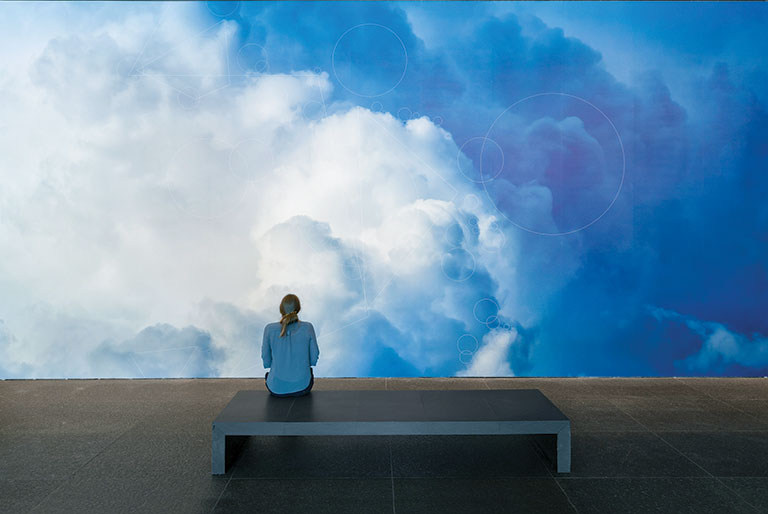
Installation view of Trevor Paglen, CLOUD #902 Scale Invariant Feature Transform; Watershed (detail), 2020, wallpaper
Photo: Bryan Conley

This year many people are finding solace and connection in nature. Are you eagerly awaiting spring blooms? Or feeling extra connected to your houseplants? Check out PlantLoveStories.com, a project of young women conservation scientists in Pittsburgh and elsewhere that highlights firsthand stories about how plants have shaped people’s lives. And share a story of your own!
